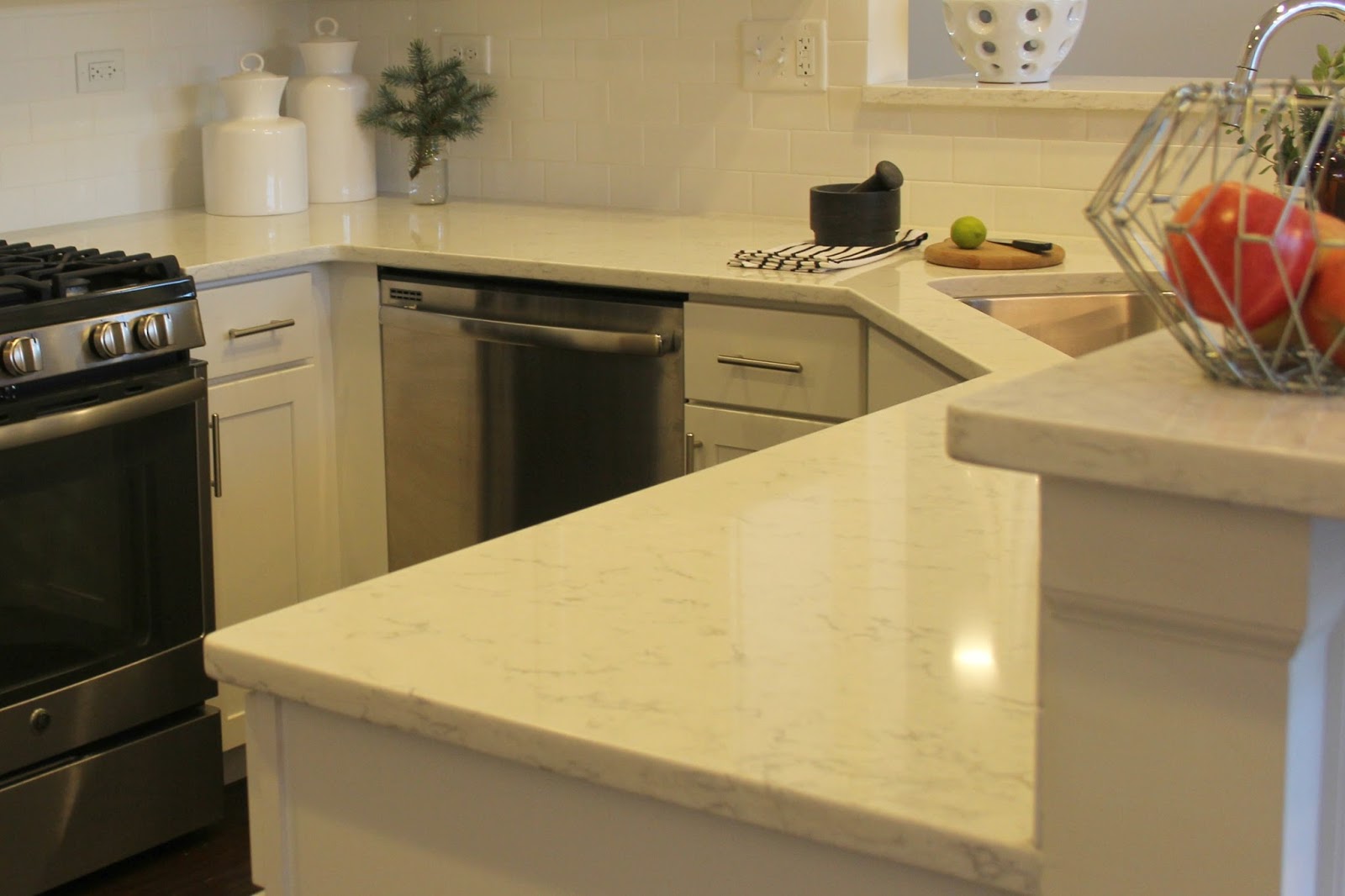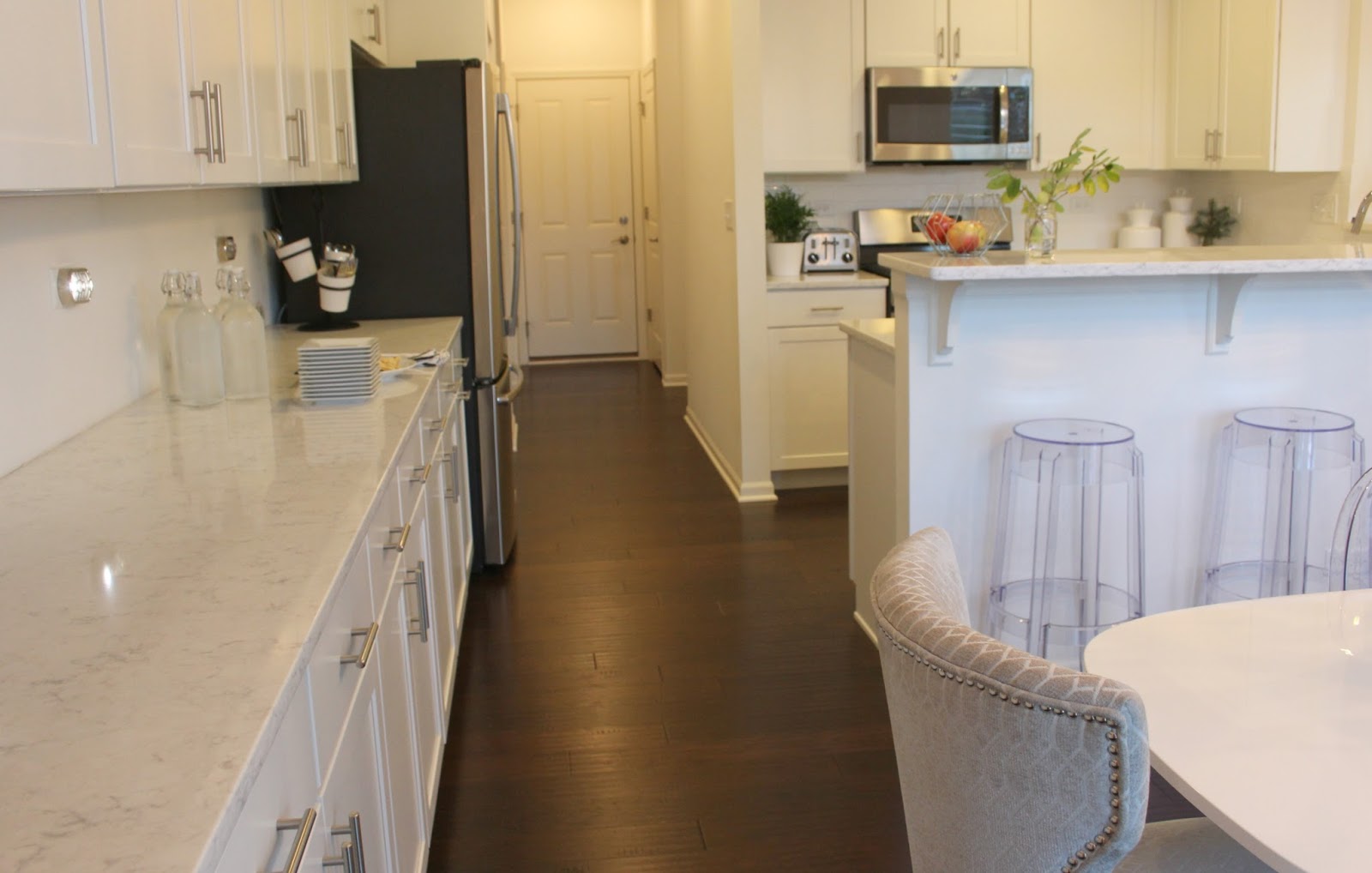Quartz Countertops and White Cabinets: Best Quartz For White Cabinets

Pairing quartz countertops with white cabinets creates a classic and timeless kitchen design. The clean lines and versatility of both materials offer a wide range of aesthetic possibilities, from modern minimalist to traditional farmhouse styles. However, the success of this combination hinges on careful consideration of material properties and design choices. Understanding the nuances of different quartz types and their suitability for high-traffic kitchen environments is crucial.
Quartz Countertop Finishes and Their Suitability with White Cabinets
The choice of quartz finish significantly impacts the overall look and practicality of your kitchen. High-gloss quartz offers a sleek, modern aesthetic, reflecting light and making the kitchen feel larger. However, its polished surface can show fingerprints and watermarks more readily than matte or textured finishes. Matte quartz provides a softer, more subdued appearance, minimizing the visibility of imperfections. Textured quartz, with its subtle variations in surface relief, adds depth and visual interest, often mimicking the look of natural stone. While textured surfaces are less prone to showing fingerprints, they can trap dirt and require slightly more diligent cleaning. All quartz types are relatively resistant to staining, but spills should be cleaned promptly to prevent discoloration. Scratches are less of a concern with quartz than with some other countertop materials, but using cutting boards and trivets is always recommended to maintain the pristine appearance of your countertops, especially with high-gloss finishes. Cleaning requirements are generally straightforward for all quartz finishes; a simple damp cloth and mild detergent are usually sufficient.
Quartz Thickness and Edge Profile Selection for White Cabinets
The thickness and edge profile of your quartz countertops significantly influence the overall visual impact and functionality of your kitchen. Thicker countertops (typically 2cm or 3cm) create a more substantial and luxurious feel, particularly effective with white cabinets, which can sometimes appear delicate. Thinner countertops (1.5cm) are a more cost-effective option, but might not be as visually striking. The edge profile, or the shape of the countertop’s edge, adds another layer of design customization. A simple eased edge provides a clean, modern look, while a more elaborate ogee or bevel edge offers a more ornate and traditional feel. Consider the style of your white cabinets when selecting the edge profile; a minimalist shaker-style cabinet might pair best with a simple eased edge, while a more ornate cabinet style might complement a more detailed edge profile. Choosing a consistent thickness and edge profile throughout the kitchen creates a unified and cohesive look.
Pros and Cons of Quartz Countertops with White Cabinets
Before making a final decision, weighing the pros and cons is essential.
- Pros:
- Aesthetic Versatility: Quartz comes in a vast array of colors and patterns, providing numerous options to complement white cabinets, from classic white-on-white to bold contrasts.
- Durability and Longevity: Quartz is exceptionally durable, resistant to scratches, stains, and heat, ensuring your countertops remain beautiful for years.
- Low Maintenance: Cleaning is straightforward, requiring minimal effort and specialized cleaning products.
- Non-porous Surface: Prevents bacterial growth, contributing to a hygienic kitchen environment.
- Cons:
- Cost: Quartz countertops are generally more expensive than laminate or other less durable options.
- Potential for Chipping: While durable, quartz can chip if subjected to significant impacts.
- Limited Repair Options: Extensive damage may require professional repair or replacement.
- Uniform Appearance: Unlike natural stone, quartz lacks the unique veining and variations found in materials like marble or granite.
Design Inspiration

The pairing of white cabinets and quartz countertops offers a remarkably versatile foundation for diverse kitchen styles. The seemingly simple combination allows for a wide spectrum of aesthetic expressions, depending entirely on the chosen quartz color, pattern, and the supporting elements like backsplashes. This adaptability makes it a popular choice for homeowners seeking both timeless elegance and modern flair.
Quartz’s inherent durability and low-maintenance nature further enhance its appeal in this context, ensuring a kitchen that remains both beautiful and functional for years to come. The interplay between the clean backdrop of white cabinets and the diverse textures and colors of quartz creates a dynamic design opportunity.
Modern Kitchen Aesthetics with Quartz and White Cabinets
A modern kitchen often prioritizes clean lines, minimalist aesthetics, and a sense of spaciousness. White cabinets readily contribute to this feeling of openness. To complement this, select quartz countertops in light, neutral tones such as white, light gray, or a subtle off-white with minimal veining. A Calacatta quartz, with its delicate gray veining against a white background, would beautifully mimic the look of natural marble while offering superior practicality. The overall effect is a sleek, sophisticated space that feels both calming and contemporary.
Traditional Kitchen Aesthetics with Quartz and White Cabinets
For a traditional kitchen design, the focus shifts to warmth, richness, and a sense of established elegance. White cabinets provide a bright, airy canvas against which warmer quartz tones can shine. Consider a quartz with subtle cream or beige undertones, possibly featuring a more pronounced veining pattern, reminiscent of classic marble or granite. A countertop with a subtle pattern, like a subtle swirl of beige and cream, would add depth and visual interest without overwhelming the space. This choice complements the traditional style’s emphasis on detail and craftsmanship.
Rustic Kitchen Aesthetics with Quartz and White Cabinets
A rustic kitchen evokes a sense of warmth and natural charm. White cabinets maintain a bright and airy feel, preventing the space from feeling too dark or heavy. To achieve a rustic look, select quartz countertops that mimic natural stone, such as those with a honed finish and a color palette that reflects natural elements. Consider a quartz that replicates the look of concrete or a weathered stone with subtle variations in color and texture. This approach balances the clean lines of the white cabinets with the raw, organic feel of the rustic style.
Backsplash Choices for White Cabinets and Quartz Countertops, Best quartz for white cabinets
The backsplash plays a crucial role in unifying the kitchen’s design elements. With white cabinets and quartz countertops, the backsplash acts as a bridge, connecting the two and adding a layer of personality.
For a modern kitchen with light-colored quartz, a sleek glass or metallic backsplash in shades of silver, gray, or even a subtle shimmer can create a sophisticated and visually interesting contrast. The reflective quality of these materials adds depth and light to the space.
In a traditional kitchen, a patterned backsplash—perhaps featuring ceramic tiles with a subtle floral motif or a classic subway tile layout in a soft, warm color—complements the richness of the quartz and the crispness of the white cabinets. The pattern should echo the subtle veining or color variations in the chosen quartz, creating a cohesive look.
In a rustic kitchen, a backsplash made from natural stone, such as a stacked stone or a textured tile mimicking natural stone, perfectly complements the chosen quartz. Earth tones and warm, neutral colors would work best to create a unified and harmonious design. The texture of the backsplash would further enhance the rustic feel.
